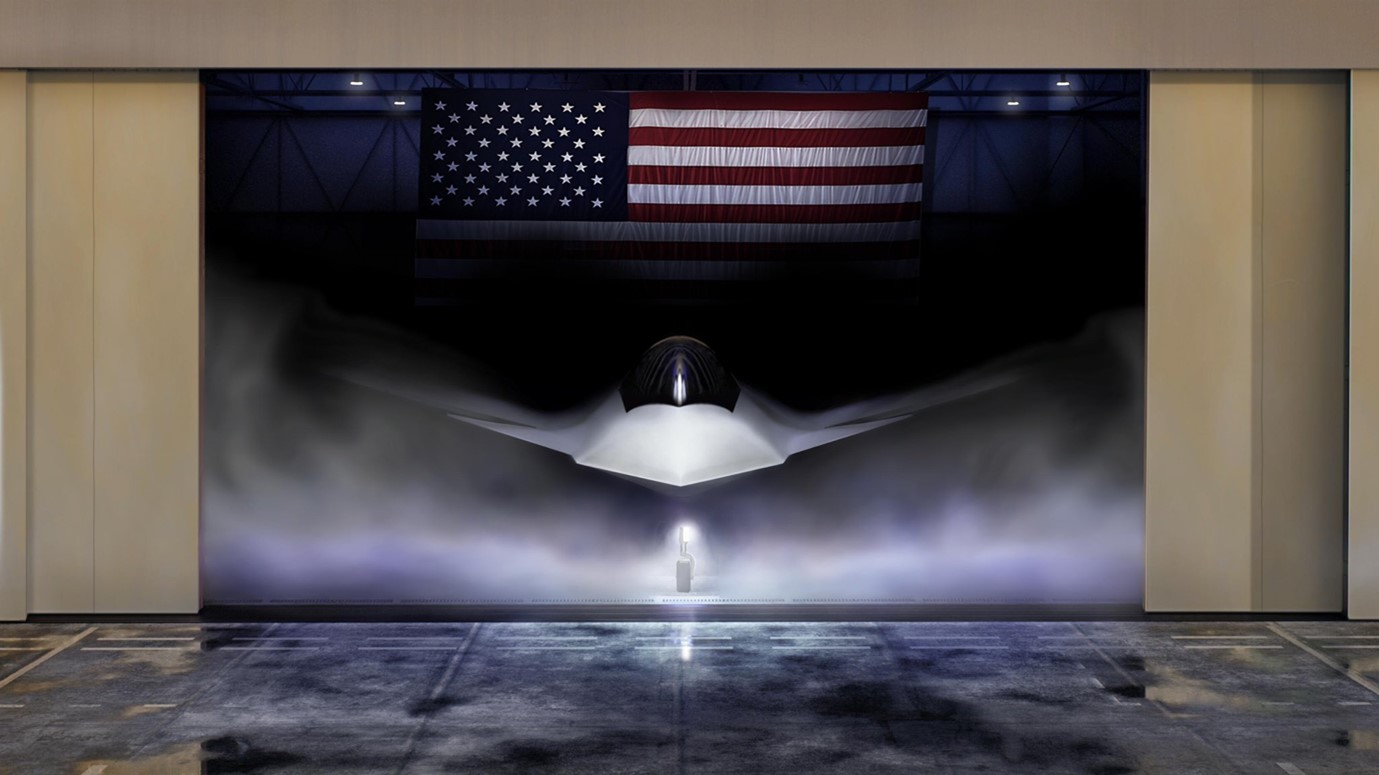
CHINESE GYRFALCON IN PAK SKIES

According to reports published in the media, General Zaheer Ahmed Babar, the Chief of Staff of the Pakistan Air Force, has disclosed the recent acquisition plans of the Pakistan Air Force. He has said, “The groundwork has already been laid for the acquisition of the J-31 Stealth fighter aircraft, which is all set to become part of the PAF fleet shortly. I believe that in the near future, the J-31 fighter will become Pakistan’s most powerful fighter.”
The announcement does not give any details about the number of aircraft or the expected timelines. There is no news about the signing of any formal contract. However, it does indicate the keenness of PAF to acquire China’s latest J-31 aircraft. The induction of J-31 aircraft into PAF will impact the regional dynamics and will have a direct bearing on India’s security challenge.
Aircraft Features. The FC-31 “Gyrfalcon” or J-31 aircraft has been developed by Shenyang Aircraft Corporation. It is a single-seat, twin-engine, medium-sized fighter jet with stealth capabilities. The J-31 is smaller than the Chengdu J-20 and it is claimed to have a significant amount of fifth-generation technologies like advanced electronics, avionics, radars, mission computers, fire control systems, and internal weapons bays. Its reported features and capabilities include the following:-
• Stealth. The stealth features include forward-swept intake ramps with diverter less supersonic inlet (DSI) bumps, a two-piece bubble canopy, contoured weapon bays, and two oblique vertical stabilisers.
• Engine. RD-93 (JF-17engines) were used on the prototype aircraft. Later an improved variant of Guizhou WS-13 called WS-13E was used on the J-31. It is reported that in future J-31 will have a WS-19 engine, with a maximum thrust of 12 tons, with a super-cruise capability.
• Payload. The J-31 can carry 8,000 kg of payload. The two internal weapons bays can carry 2,000 kg and six external hard points can carry 6,000 kg of load.
• Performance. It is claimed to have a range of 2,000 kilometres, a maximum take-off weight of 28 tonnes, an operational ceiling of 15 kilometres, and a top speed of Mach 1.8 or 2,205 kilometres per hour.
Beg, Borrow or Steal. The J-31 seems to have features borrowed from the F-22 and F-35 designs. In April 2009, the Wall Street Journal reported that China had made cyber-attacks to penetrate the database of the Joint Strike Fighter program and acquired terabytes of information. Aviacionline article from January 2023, also alleges the same.
Aircraft Development. The FC-31 reportedly was developed through internal funding of the SAC and has not been financed or endorsed by the People’s Liberation Army Air Force (PLAAF). It was originally meant as a technology demonstrator with the purpose of export in mind. News about it started emerging on the internet in 2012, with the first flight of prototype on 31 Oct 2012. It was displayed for the first time on November 12, 2014, at the Zhuhai Air Show. An improved prototype (with airframe modifications, an electro-optical targeting system, a larger payload, improvements in stealth, and upgraded electronics) flew in Dec 2016. By June 2020, a third variant of the J-31 (also being called J-35) with a bigger radar and some radar signature reduction measures had been developed.
Navy Variant. The aircraft chief designer of the project, Sun Cong, felt that it could also be a good platform as a carrier-based naval fighter to supplement or later replace the J-15. The navy variant of the aircraft reportedly made its maiden flight on October 29, 2021. It was modified with a catapult bar and folding wings and was meant to operate from an aircraft carrier with an electromagnetic Aircraft Launch System. It has carrier-specific equipment such as a brake hook (or landing hook), variable wing sweep, and stronger chassis. The aircraft is likely to be the second carrier-borne fighter after the J-15 and is likely to operate from China’s Fujian aircraft carrier
Foray Into International Arena. Chinese aviation expert Xu Yongling had called the J-31 an export-oriented, latest-generation warplane. It seems China is developing both the land and carrier versions of the J-31 primarily for the international market, to get a foothold in the USA-dominated fighter aircraft industry. They are projecting it as a low-cost alternative to the exorbitantly priced F-35.
Present Status. So far People’s Liberation Army Air Force (PLAAF) has shown no interest and has inducted the J-20 instead, the response from PLAN is lukewarm and it has also failed to attract any international customers. The company is desperately looking for partners for the aircraft project and still making a case with the domestic and international markets. If the transaction is finalised, Pakistan will become the first overseas customer of China’s J-31 fighter jet.
Pak Desperation. PAF is in desperate need to modernise its ageing fleet of fighters. It has an ageing fleet of Dassault Mirage III and Mirage V of late 1960s vintage and the 1983 inducted F-16s. F-16s have been hit adversely by political embargoes and spare disruptions. The Mirage variants are being replaced by JF-17s, and F-16s are being augmented by the J-10s. The J-31 seems to be the obvious choice as it will be available at the earliest at a cheaper price. Pakistan would also hope for a transfer of technology in future.
Foot in Two Boats. Turkey initiated a project for the development of its fifth-generation aircraft (KAAN project), after the refusal of the US to supply it with the F-35 aircraft. Turkey needed partners for the project and Pakistan became a preferred option as it is perceived to have access to Chinese technology. Pakistan also displayed interest due to its urgent need for modernisation. In August of 2023, Yasar Güler, the Defence Minister of Turkey, announced Pakistan’s interest in partnering in the project. Pakistan would prefer to keep both options open, but the Turkish program could take comparatively longer. If Pakistan follows through with its plans for J-31, it would end the prospects of acquiring the Turkish Aerospace Industries TF-X.
Affordability. Pakistan is currently in a state of economic crisis and its precarious financial condition is the most significant obstacle to the desired PAF modernisation plan. The acquisition, operationalisation and maintenance of a fifth-generation aircraft would not be cheap. The induction of J-31 would depend upon the desperation of China to field J-31 abroad and its willingness to provide at a cheaper subsidised rate.
Eagle’s Grip to Dragon’s Quest. Pakistan at one time was a staunch ally of the US, with, the US providing it initially with frontline fighters such as the F-86 Sabre and the F-104 Starfighter, and later potent F-16 in the 1980s. However, over the last decade, there appears to be a cooling off in the relationship between the two nations particularly on account of differing perceptions in the global war on terror launched by the US and Pakistan’s tilt towards China. Pakistan’s relations with China have been growing over the years with considerable support from China to her nuclear weapons programme, military supplies and enhancement of the defence industry. Pakistan has been acquiring combat aircraft from China alongside those from the US and France (Shenyang F-6, a copy of the Russian MiG-19, Chengdu-7 or the F-7P single-engine jet fighter, a clone of the MiG-21). In the last decade, Pakistan has acquired the JF-17 Thunder and has joined hands with the Chinese aerospace industry to co-produce the aircraft. Besides the JF-17s it has also acquired J-10C ‘Vigorous Dragon’ fighters in 2022. The acquisition of the J-31 fighter aircraft will only contribute to expanding the Chinese-made fighter aircraft presence in the inventory of the Pakistan Air Force.
Deal Prospects. The actual prospect of the J-31 deal between China and Pakistan remains shrouded in secrecy. Besides the affordability, doubt also arises about the willingness of China to expose the actual capabilities of its fighter aircraft in the prevailing environment of US-China rivalry. On the other hand, the deal seems to be a marriage of convenience with the desperation of both sides to modernise and to capture the international market respectively. However, the announcement has managed to attract substantial attention within the security and defence circles worldwide. It has triggered a debate about its repercussions on regional stability, the shift in the balance of air power in the region, and the India-Pakistan arms competition.
Repercussions. The deal would strengthen the nexus between China and Pakistan, further reinforcing the China-Pakistan defence cooperation, collusiveness and the Interoperability between PAF and PLAAF. China’s gains will be in terms of claiming the exportability of its product, getting a free trial grounds for its evolving project and further tightening its grip on Pakistan by increased dependency. On the other hand, Pakistan would get the much-needed technology induction, providing a boost to its Air Force and defence industry. Pakistan has an established aerospace defence industry, with existing Chinese-made aircraft programs. It could become involved in assembly or component manufacture for the J-31 program in future. Working on a stealth fighter, even as a subcontractor, would be a highly valuable experience.
Chain Reaction. The proposed acquisition of the J-31 by Pakistan is a cause for concern in the Indian establishment, as these aircraft are likely to be used against India. As an obvious chain reaction India would have no choice but to increase its deterrence value by enhancing its military (especially airpower) capability. India needs to keep a close watch on the developments and the timelines. Further, the indigenous projects (Tejas Mk 2 and AMCA) need to be accelerated by funding, technology induction and concerted efforts. If push comes to shove, procurement from abroad may have to be resorted to maintain the minimum required deterrence value and the balance of power.
The bottom line is that while the occurrence is not a cause for worry, it needs to be taken cognisance of and addressed appropriately
Disclaimer
The opinions expressed in this article are the author’s own and do not reflect the views of Chanakya Forum. All information provided in this article including timeliness, completeness, accuracy, suitability or validity of information referenced therein, is the sole responsibility of the author. www.chanakyaforum.com does not assume any responsibility for the same.
Chanakya Forum is now on . Click here to join our channel (@ChanakyaForum) and stay updated with the latest headlines and articles.
Important
We work round the clock to bring you the finest articles and updates from around the world. There is a team that works tirelessly to ensure that you have a seamless reading experience. But all this costs money. Please support us so that we keep doing what we do best. Happy Reading
Support Us















POST COMMENTS (0)